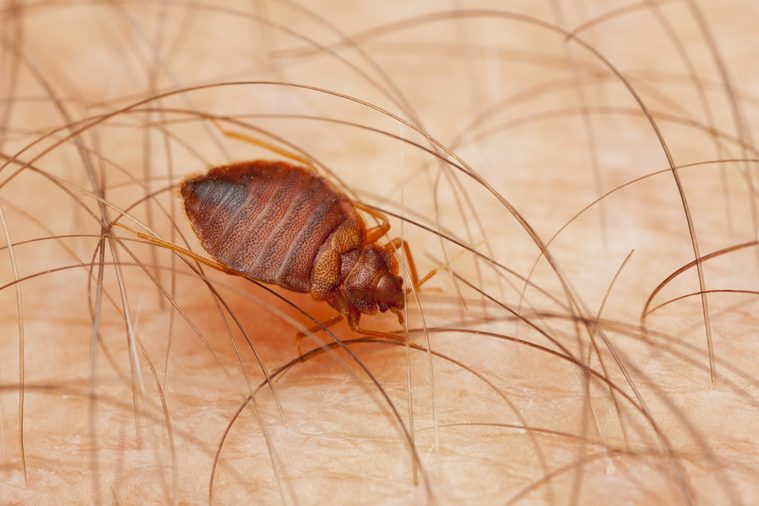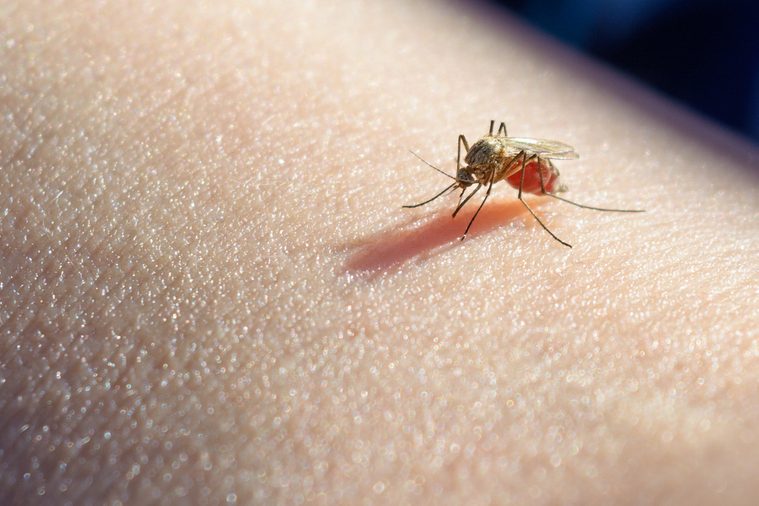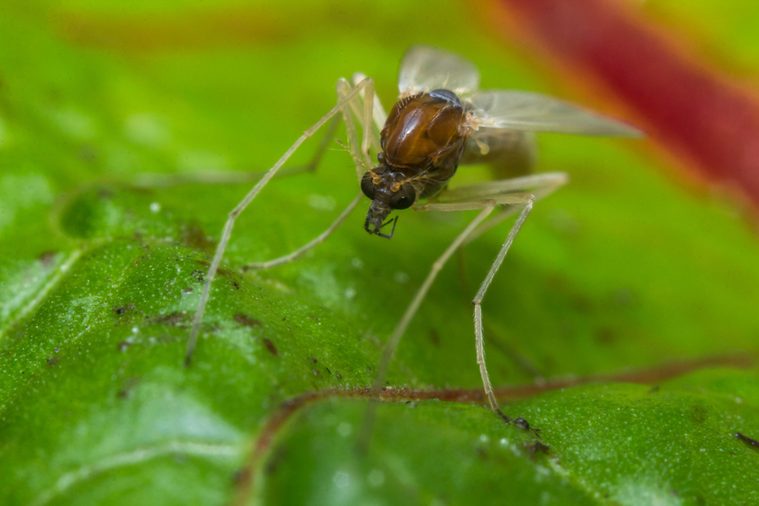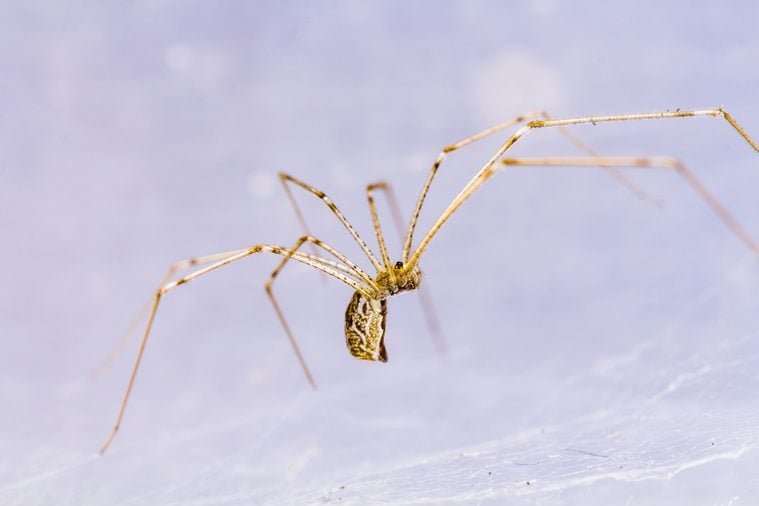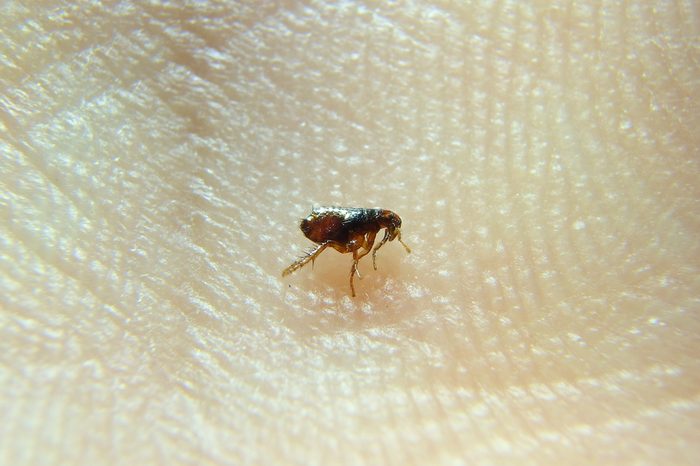Bee or wasp stings
You need to act fast to minimize the pain from a wasp or bee sting. Wasps don’t lose their stinger when they strike, which means they can sting you repeatedly. Bees, on the other hand, do leave their stinger behind. While bees can’t sting multiple times, that stinger can continue to inject venom into the injury. “It’s important to remove the stinger right away to decrease the amount of venom injected and reduce the risk of a foreign body reaction, although these are rare,” says Heather Hawthorne, MD, a Doctor on Demand physician in the Los Angeles area. “Be sure to wash the area with soap and water, and then quickly apply an ice pack for 20 minutes to reduce pain and swelling.” Over-the-counter ibuprofen such as Advil is usually adequate to control the pain, swelling, and redness if needed. Topical antihistamines, such as Benadryl Extra Strength Itch Relief Stick, work well to control any itching that occurs. It’s important to watch for signs of a secondary bacterial skin infection, which can happen after any type of insect sting or bite. Symptoms may include streaking redness, pus draining from the site, or worsening pain, and these usually show up three to five days after the sting. These symptoms need medical attention. Check out these tips that’ll help you avoid getting bit or stung in the first place.
Shop Now
Tick bites
Ticks are known to spread serious illnesses like Lyme disease. The first course of action is to remove the tick with a pair of tweezers and save it in an alcohol-filled container to show your doctor, according to the Mayo Clinic. The faster you remove the tick, the less likely it is that it will be able to transmit disease-causing germs. Treat the bite with alcohol, and keep an eye out for a bullseye-shaped rash or flu-like symptoms, which could indicate Lyme disease. And be sure to pick up a good pair of tweezers. Watch out for these symptoms of Lyme disease you might ignore.
$18.99 at Amazon























